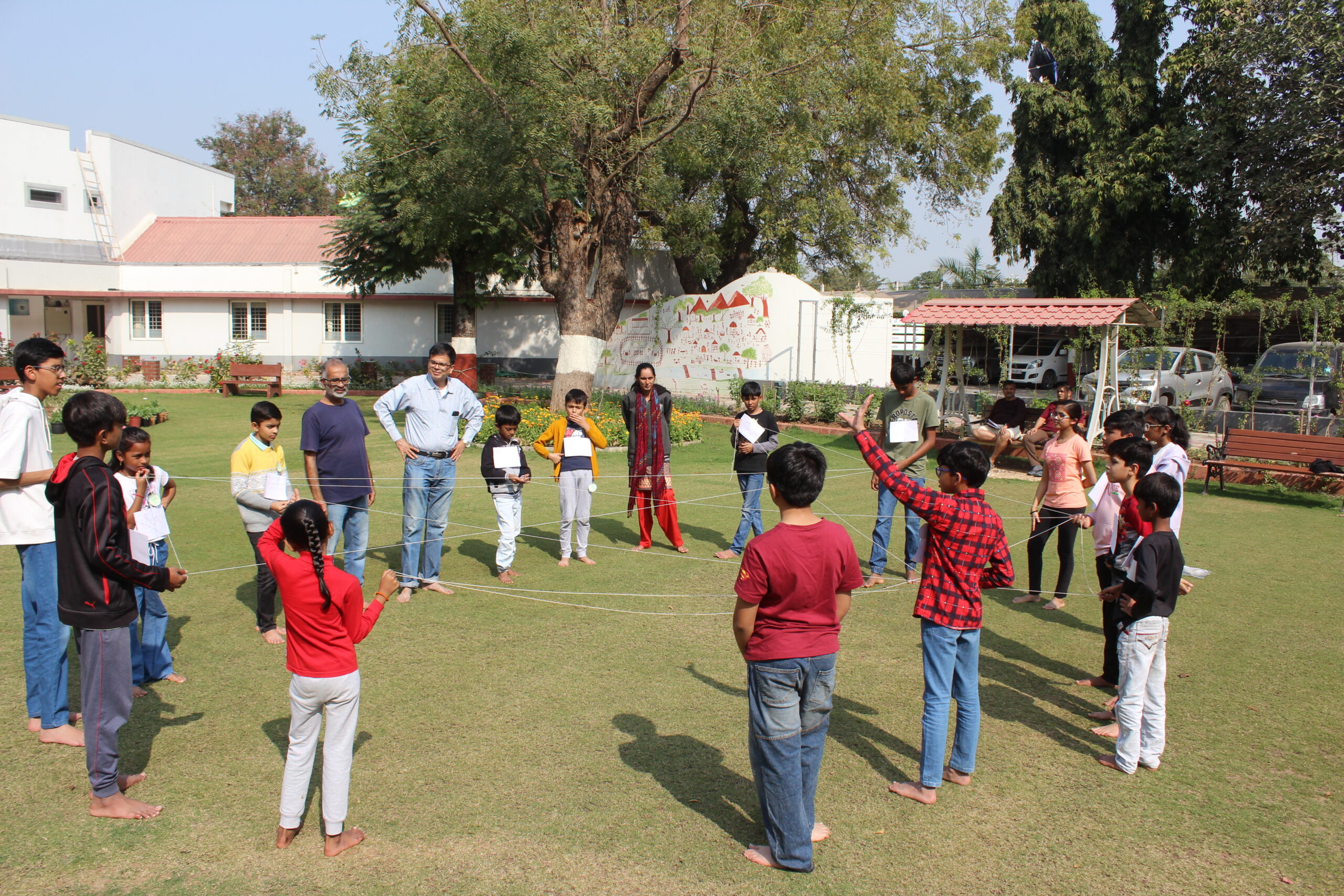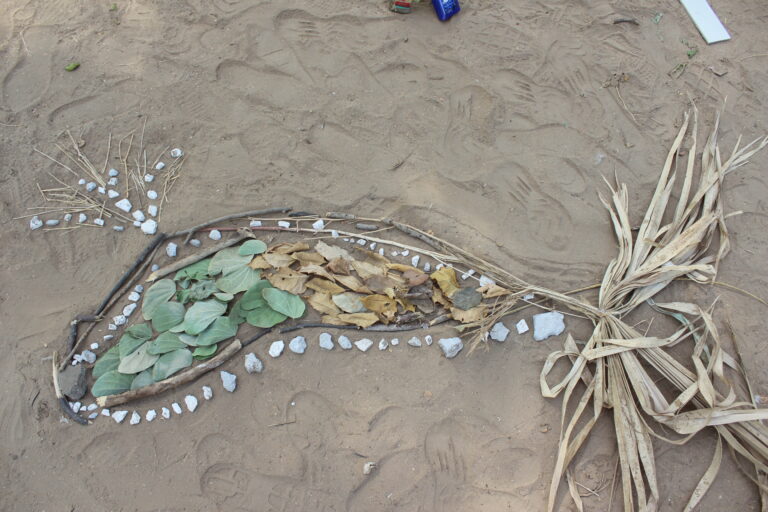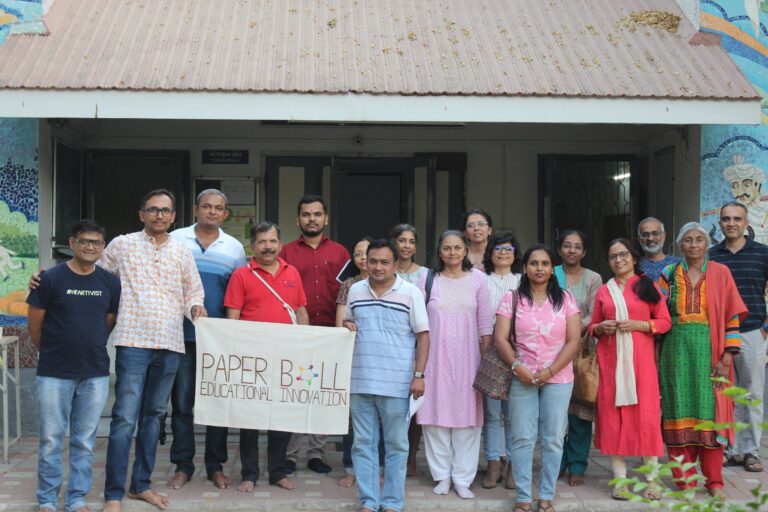Snippets from Session 2 – Batch 2
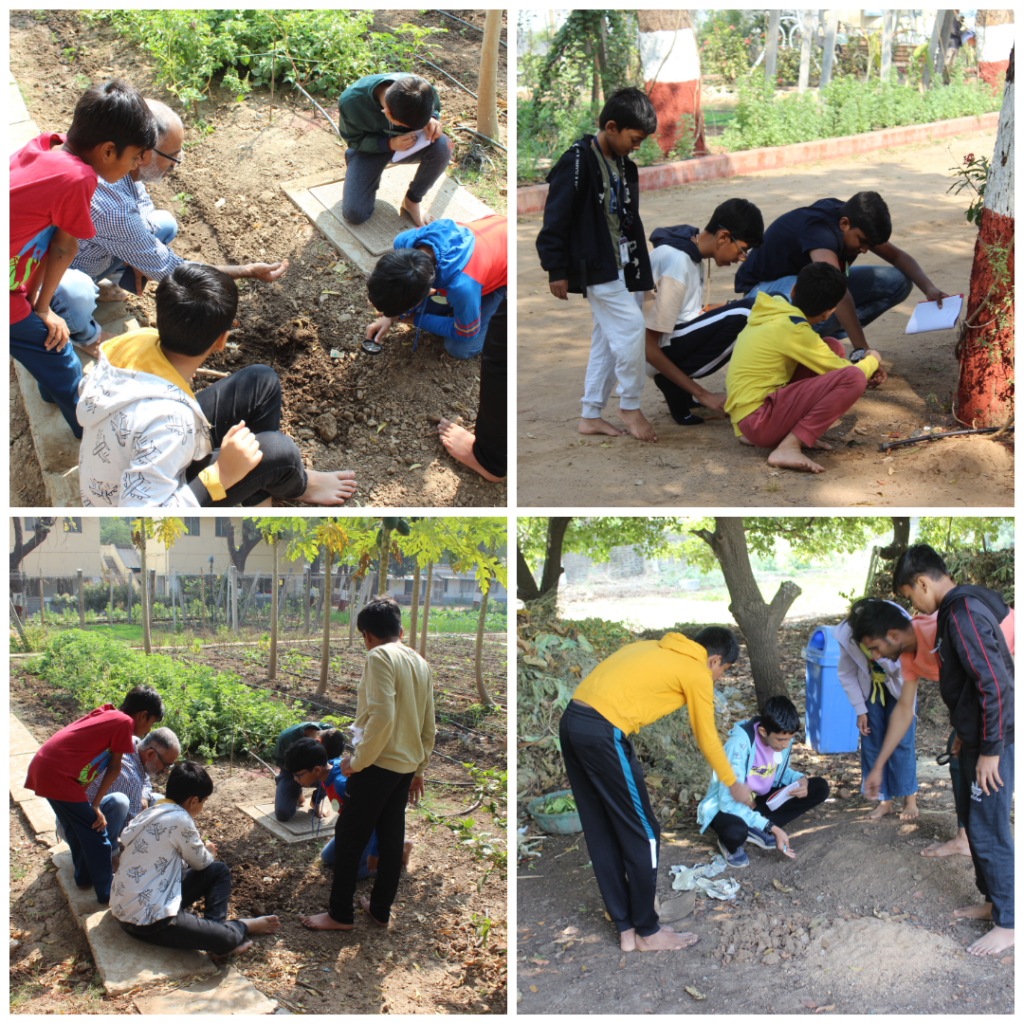
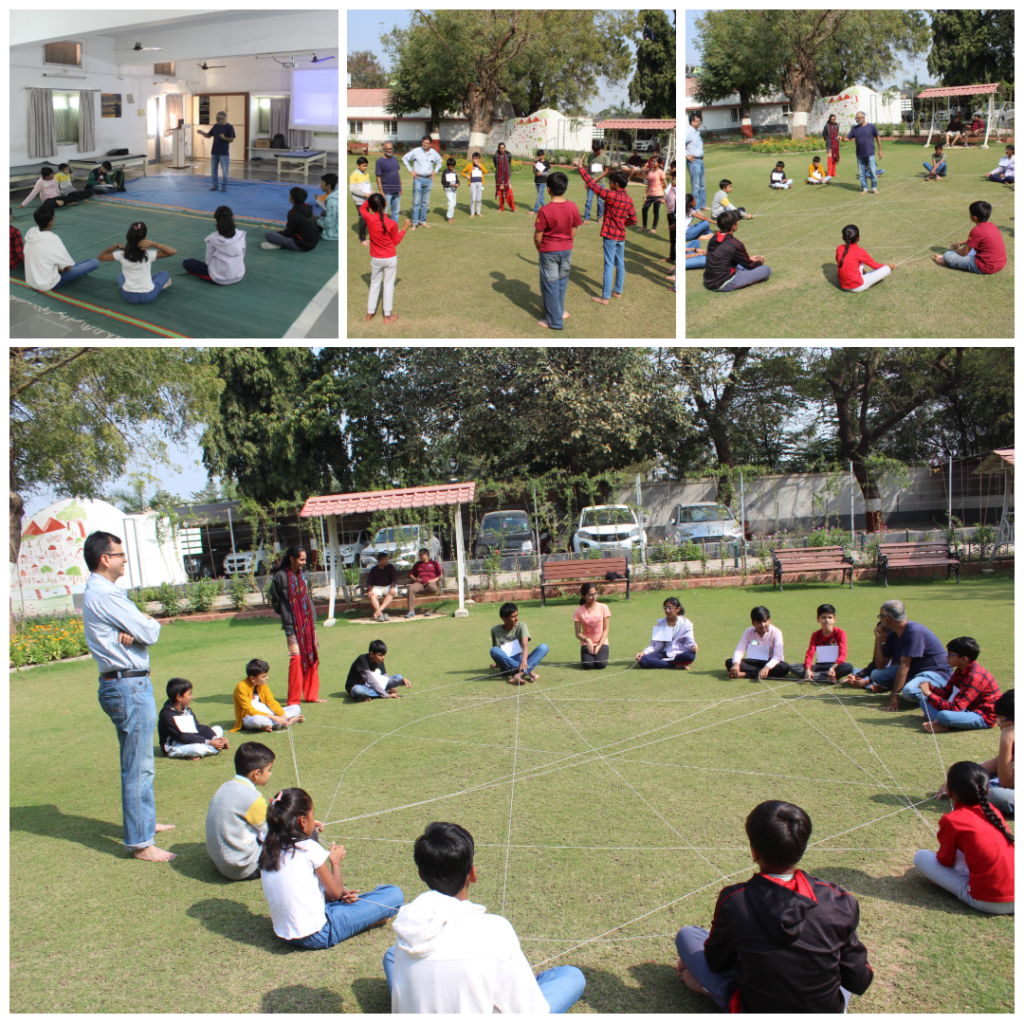
The second session of UNLESS- Nature & Sustainability Education for participants focused on interconnections in nature. We started with a short review about biodiversity and ecosystems as covered during the first session and then moved to see interconnections between various objects and things. We started with image of a cloud and a paper for participants to reflect on the interconnections that they could see between these two things. Participants provided a number of interconnections (some were similarities) based on physical characteristics of both the objects, while some others went deeper to see that clouds brings rain that help plants and trees to grow and hence wood to form. Using this wood, paper is made. Thus, if there is no cloud there might be no paper as well.
To allow participants to further think about interconnections we had a group activity where each pair was given two objects (or things) and they had to think about the interconnections between those things.
🐺This led us to an example and a well-researched case study from Yellowstone Park in USA here gray wolves were reintroduced in 1995, almost after 75 years of them being hunted out of that place. We looked at, and discussed, how reintroduction of wolves allowed for biodiversity to thrive and brought about many positive changes for the plants, animals, birds, bees that shared the ecosystem. In fact, it also brought about positive changes for the human beings in the form of cleaner water downstream.🐞🕷
🕸🕸We later went out in the garden to understand systemic interconnections in an ecosystem (nature) in the form of a web of life activity. This allowed participants to practically see and appreciate the interconnections in nature and life. They could also see how, if one species or thing was removed from ecosystem, it can lead to an imbalance in the nature (the system).🕸
The session continued and we delved into two key concepts of ecosystem services and keystone species with the help of videos, case studies and discussion. We also listened to the story of how vultures that were once more than 50 million in India, how their population dropped by more than 95%, due to use of a veterinarian drug diclofenac in cattle, and how this in turn led to more human deaths. Ritesh also shared how the decrease in vulture numbers was also correlated to an increase in the use of rabies vaccine in humans (more dogs turning rabid as animal carcasses were not dealt with properly due to lack of vultures). This example illustrates the interconnection in nature beautifully.
We looked at the various ecosystem services provided to humans by different species of plants and animals and that it would be impossible for humans to survive if these important species were to go extinct!!
We ended with the follow-up activity related to research on keystone species and ecosystem services that different species provide.


